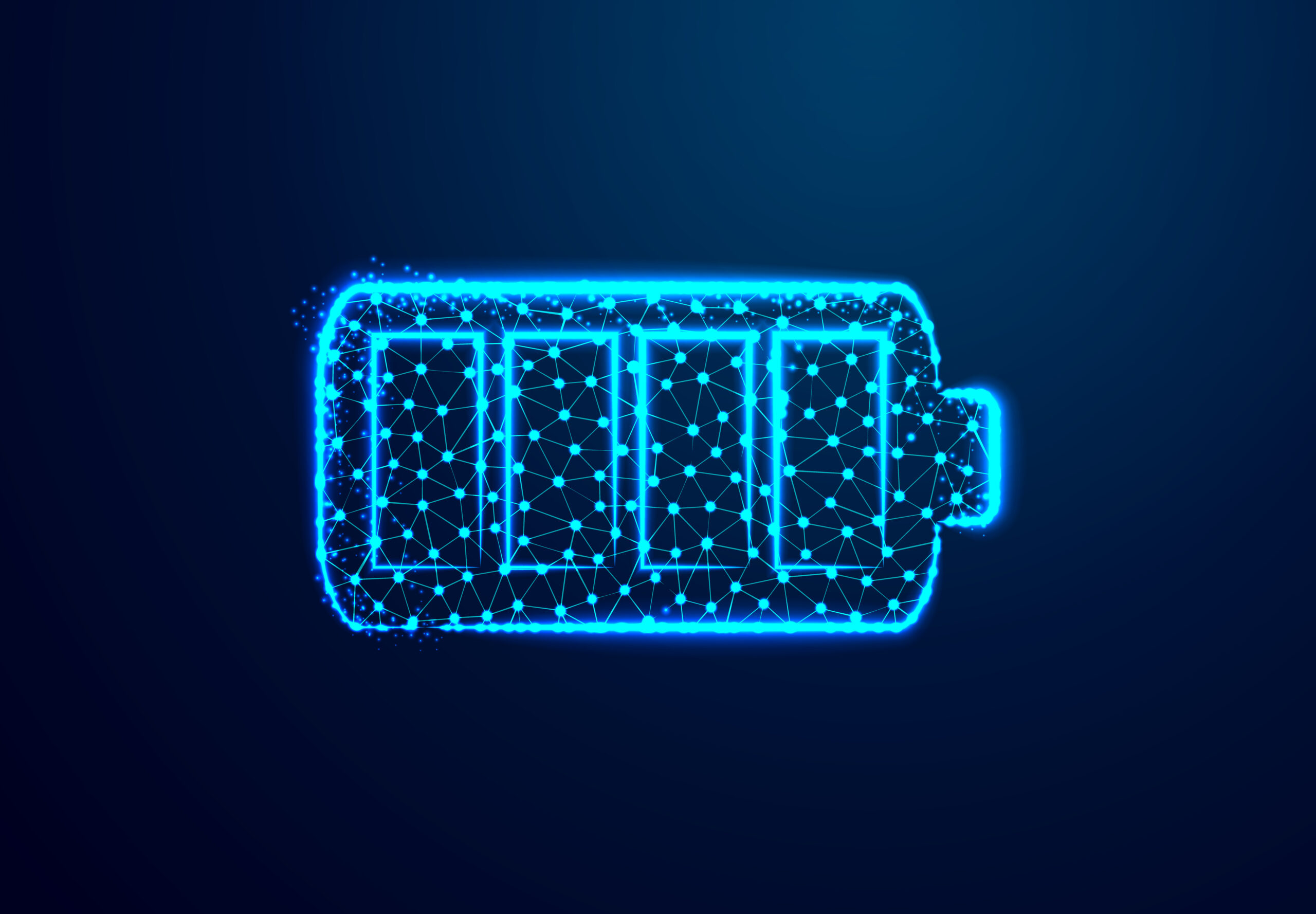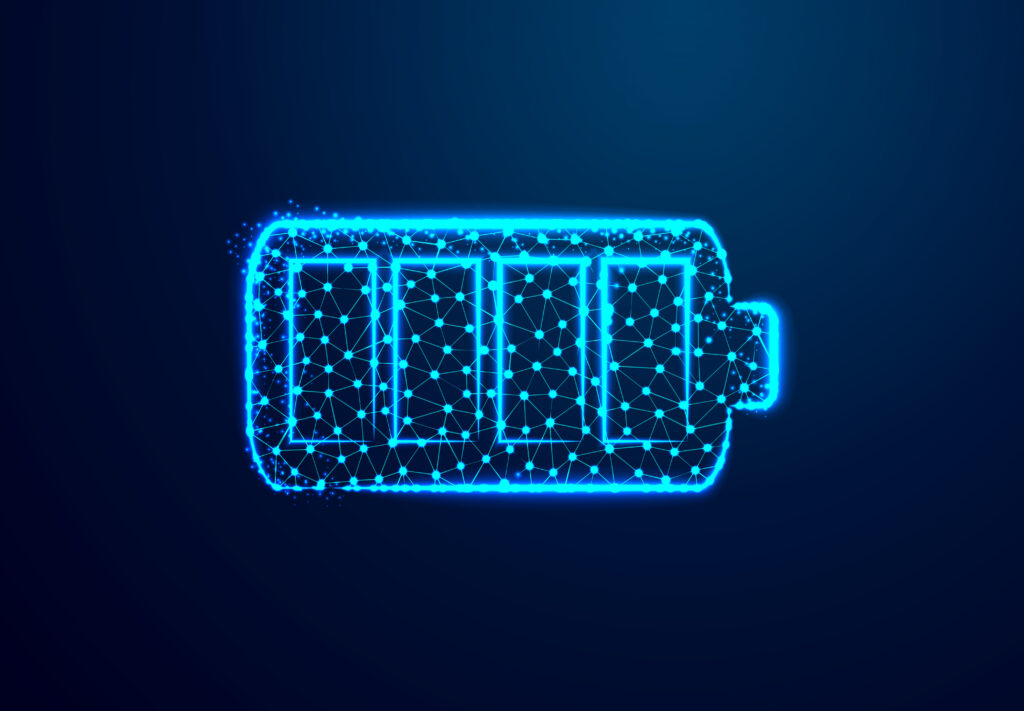

Transforming VSH to CO2 neutral infrastructure, means also integrating and showcasing novel, fossil free energy sources in the overall concept, e.g. by making use and showcasing the combination of viable technologies like using Solar power for Electricity, Heat and H2 Production or prototyping geothermal and wind energy options to ultimately produce more than needed energy to run the infrastructure and support the municipality.
Showcases:
Global decarbonisation will only be unlocked by long-duration energy storage, and to achieve this, it is essential to consider the variability of carbon-free electricity production.
This is the focus of the Energy storage work stream at SubSpace Energy Hub, and we are working hard with our partners to prototype diverse and long-duration electricity storage, which combined with traditional and emerging battery storage, would be a great solution for long-term carbon-zero energy supply. There are several types of technology used for energy storage: thermal , mechanical. Pumped Hydropower, electrochemical storage systems (batteries), chemical energy storage (hydrogen ).
As it is already known, lithium-ion are the most popular energy storage option today, especially for EV (electric vehicles) and short-duration residential storage, controlling more than 90 percent of the global grid battery storage market. In addition, there are also other battery technologies iron battery, zinc battery and sodium battery and sand battery that are either entering or already part of the market.
At SubSpace Energy Hub we are trying to diversify energy storage prototyping, and in order to unlock the full potential of green energy, to cut carbon emissions, (cost-effective, utility-scale) long-duration energy storage is needed. For a zero-carbon future, a zero-carbon fuel like hydrogen is the solution.